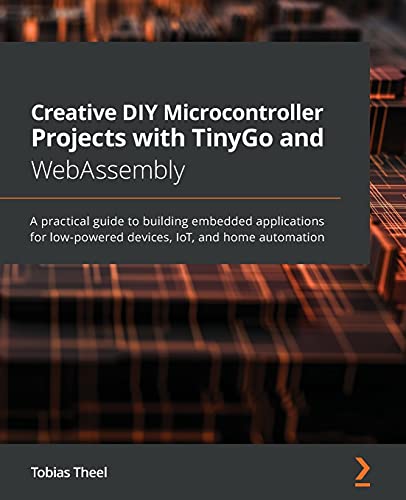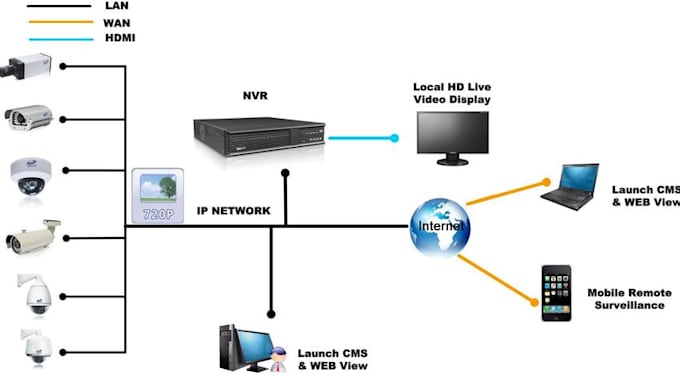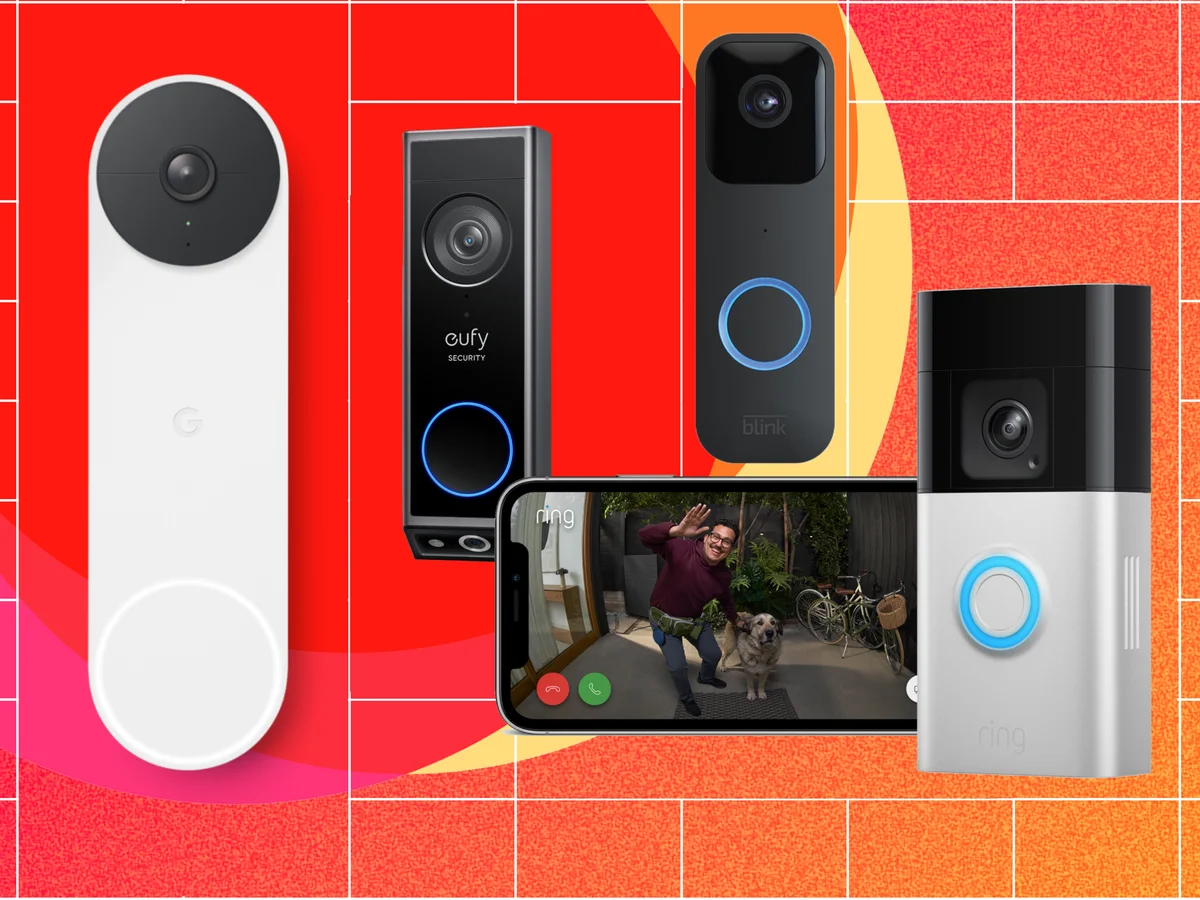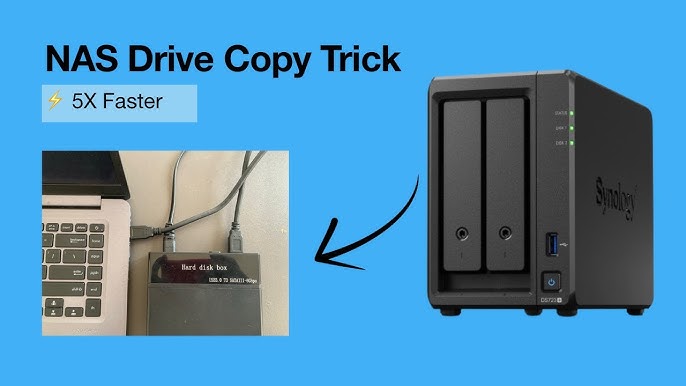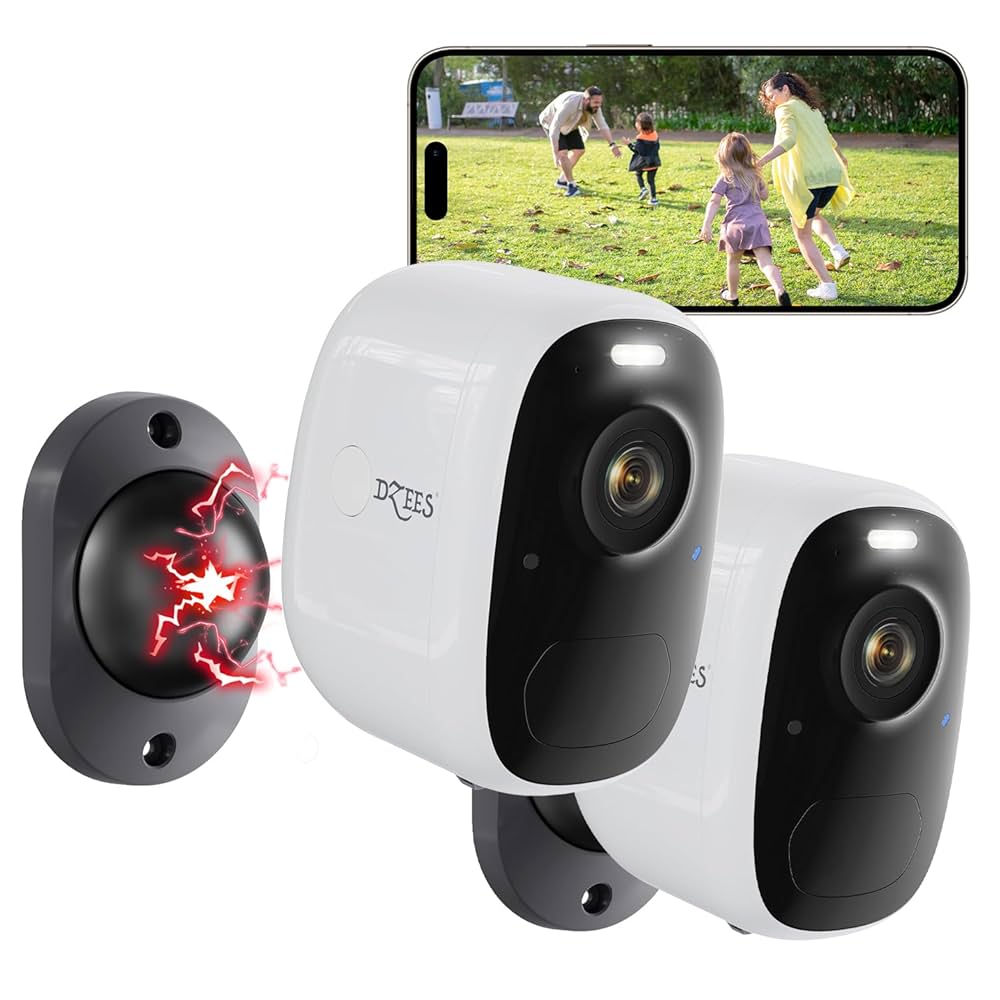DIY home IoT projects bring smart technology into everyday living with simple, hands-on builds. These projects help you control devices, save energy, and increase comfort at home.
Many IoT projects use microcontrollers like Arduino or ESP32 to connect gadgets and sensors. Beginners can start with easy weekend projects using basic tools and materials. Programming languages like Python and TinyGo help create custom smart home solutions. Kits and guides support learning by offering step-by-step instructions for automation tasks.
Projects range from lighting control to security and health monitoring. They teach useful skills and make homes more convenient. Experimenting with these ideas turns ordinary devices into connected helpers. Anyone interested in technology can join this growing DIY community and improve their living space with affordable, practical smart solutions.
Creative Diy Microcontroller Projects With Tinygo And Webassembly

Ideal for electronics enthusiasts, IoT developers, and hobbyists interested in building embedded applications on low-powered devices, this guide offers practical insights for those eager to explore TinyGo and WebAssembly in the realm of home automation and IoT projects.
Pros:
- Comprehensive coverage of TinyGo and WebAssembly for embedded systems
- Step-by-step practical projects suitable for beginners and intermediate users
- Focuses on low-powered devices, making it ideal for energy-efficient applications
- Clear explanations on integrating IoT and home automation solutions
- Published by the reputable Packt Publishing with detailed, well-structured content
Cons:
- May require prior knowledge of programming basics and microcontrollers
- Some projects might need specific hardware components not included in the book
- Publication date (2021) means some content may not cover the very latest updates in TinyGo or WebAssembly
This book features a detailed exploration of TinyGo, a Go compiler for microcontrollers, combined with WebAssembly to create efficient and portable embedded applications. Readers will benefit from hands-on projects that demonstrate how to leverage these technologies for practical uses, such as automating home devices or creating IoT sensors. The content emphasizes working with low-powered devices, ensuring projects are optimized for energy efficiency and real-world deployment.
Beyond project tutorials, the guide provides valuable insights into the underlying principles of embedded programming, making it easier for users to understand and adapt the concepts to their own unique projects. The inclusion of Packt Publishing‘s expertise ensures that the material is accessible, organized, and geared towards enabling readers to confidently build and customize their embedded solutions.
Arduino Smart Home Projects

The Arduino Smart Home Projects: A Complete Maker’s Guide is ideal for DIY enthusiasts, hobbyists, and developers interested in creating IoT systems and connected gadgets. If you want to learn how to automate your home with step-by-step instructions and hands-on projects, this guide is perfect for you. Whether you are a beginner or have some experience with electronics, this book provides comprehensive insights into building smart home solutions using Arduino technology.
Pros:
- Clear, step-by-step instructions for building DIY IoT projects
- Comprehensive coverage of electronics and automation techniques
- Practical projects that enhance home automation skills
- Compact size with 205 pages of detailed content
- Published recently in 2025, ensuring up-to-date information
Cons:
- May require basic prior knowledge of Arduino and electronics
- Limited to projects suitable for home automation, less focus on other IoT applications
- Printed guide only, no included digital resources or software
This guide offers a deep dive into Arduino-based smart home projects, empowering users to build and customize automated solutions. The detailed explanations of electronics and connectivity principles help readers understand the core technologies behind IoT systems. The projects range from simple to advanced, allowing users to progressively develop their skills and create practical gadgets that improve convenience and security at home.
With a focus on real-world applications, the book emphasizes hands-on learning and experimentation. Readers benefit from the structured approach that breaks down complex tasks into manageable steps, fostering confidence in designing their own connected devices. Overall, this guide is an invaluable resource for anyone looking to explore the exciting world of smart home automation through Arduino technology.
100 Weekend Projects Anyone Can Do

The book 100 Weekend Projects Anyone Can Do: Easy, Practical Projects Using Basic Tools and Standard Materials is perfect for DIY enthusiasts, beginners, and families looking to engage in simple, fun, and productive home improvement tasks. If you want to enhance your skills using just basic tools and readily available materials, this illustrated guide by Reader’s Digest offers an ideal starting point. It’s especially suitable for those who appreciate clear instructions and enjoy hands-on projects that can be completed over a weekend.
Pros:
- Contains 100 practical projects that are easy to follow for all skill levels.
- Uses basic tools and standard materials, making it accessible and affordable.
- Includes illustrated instructions to guide users step-by-step.
- Compact size (10.5 x 7.875 x 0.9 inches) and lightweight for easy handling.
- 288 pages packed with creative ideas and detailed explanations.
Cons:
- Projects may be too simple for advanced DIYers seeking complex challenges.
- Some projects might require additional materials not listed in the book.
- Published in 2016, so some tools or techniques could be slightly outdated.
This book showcases a wide range of projects that focus on practicality and ease, allowing users to complete meaningful tasks without needing specialized equipment. The illustrated edition enhances comprehension, making it easier to visualize each step and avoid common pitfalls. By using standard materials, readers can save money while still achieving impressive results around their home or garden.
The benefits extend beyond just project completion; users gain confidence and skills through hands-on experience, fostering creativity and problem-solving abilities. Whether you want to build, fix, or improve household items, this guide equips you with the knowledge to tackle projects independently, making it an invaluable resource for anyone interested in DIY activities.
Python For Smart Devices And Iot

Ideal for tech enthusiasts, hobbyists, and developers eager to dive into home automation and the Internet of Things (IoT), Python for Smart Devices and IoT is a comprehensive guide for those looking to create practical projects using Raspberry Pi and Arduino. Whether you’re a beginner wanting to learn through hands-on experience or an intermediate coder aiming to expand your skills, this book provides the perfect blend of theory and application.
Pros:
- Detailed step-by-step instructions for 12 real-world home automation projects
- Comprehensive coverage of both Raspberry Pi and Arduino platforms
- Strong focus on using Python, a widely popular and versatile programming language
- Includes practical examples that enhance understanding of IoT concepts
- Well-structured content spread across 430 pages, ensuring in-depth learning
Cons:
- Publication date is in the future (August 2025), so some readers may prefer more immediate resources
- May require basic prior knowledge of programming and electronics to fully grasp advanced projects
This book stands out by integrating the power of Python with popular hardware platforms like Raspberry Pi and Arduino to build 12 innovative home automation solutions. Each project is designed to be practical and applicable, allowing users to see tangible results as they progress. This hands-on approach not only makes learning engaging but also helps users gain valuable skills relevant in today’s rapidly evolving IoT landscape.
Additionally, the extensive page count of 430 ensures that the book covers topics thoroughly, from foundational concepts to advanced applications. Readers benefit from clear explanations and well-illustrated examples, enabling them to develop confidence in crafting their own smart device solutions. The focus on real-world applications makes this a must-have resource for anyone serious about mastering home automation technologies.
Apollo Dev-1 Esp32-c3 Entwicklungsplatine

The Apollo DEV-1 ESP32-C3 Entwicklungsplatine is ideal for electronics enthusiasts, DIY hobbyists, and developers focused on Smart Home Automation, IoT projects, and sensor integration. If you are looking for a versatile development board that offers both WiFi and Bluetooth connectivity with easy integration options, this board is a great choice to accelerate your prototyping and development process.
Pros:
- Compact development board with integrated USB-C interface for easy programming and power supply
- Supports both WiFi and Bluetooth for versatile wireless communication
- Equipped with RGB-LED for status indication and visual feedback
- Includes multiple GPIO pins and I2C interface for sensor and peripheral integration
- Comes with vorgelötete Headers (pre-soldered headers) for convenient connection without extra soldering effort
- Manufactured by Apollo Automation, ensuring quality and reliable performance
Cons:
- Limited onboard memory compared to some other ESP32 variants
- May require familiarity with embedded programming for full utilization
- No onboard display or advanced peripherals included
The Apollo DEV-1 ESP32-C3 Entwicklungsplatine features the powerful ESP32-C3 microcontroller that combines dual wireless protocols, making it a flexible platform for various embedded applications. Its USB-C interface streamlines connectivity with modern computers, allowing faster data transfer and easier power management. The inclusion of RGB-LED provides immediate visual cues, which is especially helpful during debugging and status monitoring in projects.
With multiple GPIO pins and a dedicated I2C bus, this development board allows users to connect a wide range of sensors, actuators, and other modules seamlessly. This makes it an excellent choice for those working on sensor integration and smart device automation. The pre-soldered headers reduce setup time, enabling quicker project deployment and reducing the risk of connection issues, making it suitable for both beginners and advanced users.
The Big Book Of Homemade Products For Your Skin, Health And Home

The Big Book of Homemade Products for Your Skin, Health and Home is ideal for individuals who are passionate about natural living and prefer creating their own DIY products. Whether you’re a beginner or an experienced crafter interested in using herbs, flowers, and other plants to make all-natural skincare, health remedies, or household items, this book offers easy-to-follow projects that cater to your lifestyle. It’s perfect for those seeking a healthier, chemical-free alternative to commercial products.
Pros:
- Comprehensive guide with 336 pages of detailed, easy-to-follow DIY projects.
- Focuses on using all-natural ingredients like herbs and flowers for safe, eco-friendly creations.
- Published by the reputable Page Street Publishing, ensuring quality content.
- Compact dimensions (8.95 x 0.75 x 8.05 inches) make it convenient to handle and store.
- Includes a variety of projects covering skin care, health, and home products, offering versatility.
Cons:
- Some projects may require sourcing specific herbs or ingredients that may not be readily available everywhere.
- The book’s thickness and weight (2.31 pounds) might be slightly heavy for casual readers wanting a quick reference.
This book stands out by providing a rich collection of DIY projects that emphasize natural and sustainable living. Each recipe or project is designed to be accessible, promoting a hands-on approach to health and home care that avoids synthetic chemicals. By incorporating herbs, flowers, and other plants, users not only benefit from the therapeutic properties of these natural elements but also gain a deeper connection with nature. The detailed instructions make it easy for readers to confidently create their own products, empowering them to customize solutions tailored to their individual needs.
Additionally, the publication’s thoughtful layout and comprehensive content ensure that readers receive both practical guidance and inspiration. Whether you want to whip up homemade skincare treatments, natural remedies, or eco-friendly household products, this book provides the tools and knowledge needed to embark on a rewarding DIY journey. Its emphasis on simplicity and natural ingredients makes it an invaluable resource for anyone committed to a healthier, more sustainable lifestyle.
Lafvin Smart Home Iot Lernset Diy Elektronik Stem Pädagogisches Set

The LAFVIN Smart Home IoT Lernset DIY Elektronik STEM Pädagogisches Set is ideal for students, hobbyists, and educators interested in exploring the world of IoT (Internet of Things) and DIY electronics. This set is perfect for those who want to learn graphic programming and develop practical skills in Arduino IDE compatible projects, making it a valuable tool for anyone seeking hands-on experience in STEM education and smart home technology development.
Pros:
- Comprehensive DIY electronics set designed for STEM learning
- Supports graphical programming, ideal for beginners
- Compatible with Arduino IDE, allowing advanced coding options
- Includes tutorials for easy step-by-step guidance
- Encourages creativity and problem-solving skills
Cons:
- May require prior basic knowledge for advanced projects
- Limited to users with interest in electronics and programming
- Some components might be challenging for very young children
The LAFVIN Smart Home IoT Lernset offers a robust selection of electronic components that empower users to create smart home devices from scratch. Its compatibility with the Arduino IDE means learners can transition smoothly from visual programming to text-based coding, enhancing their programming skills progressively. The included tutorials simplify complex concepts, making it accessible to beginners while still providing depth for more advanced users.
Beyond just assembling components, this educational set promotes critical thinking by allowing users to experiment and customize their smart home projects. The focus on STEM pedagogy ensures that users gain practical knowledge in electronics, programming, and system integration, preparing them for future technological challenges. Whether for classroom use or individual learning, this set fosters an engaging and interactive learning experience.
Frequently Asked Questions
What Are The Best Microcontrollers For Diy Iot Projects?
Popular microcontrollers include Arduino, ESP32, and Raspberry Pi. They offer versatility, low power use, and strong community support. These boards suit various home automation and embedded applications, making them ideal for beginners and experts alike in DIY IoT projects.
How Can Tinygo And Webassembly Improve Iot Development?
TinyGo compiles Go code for microcontrollers, enabling efficient embedded apps. WebAssembly boosts performance and security in IoT devices. Together, they simplify programming low-powered devices for home automation, offering fast, portable, and scalable solutions for DIY IoT projects.
What Beginner-friendly Smart Home Projects Can I Try?
Start with automated lighting, temperature sensors, or security alarms. Arduino and Raspberry Pi kits provide step-by-step guides. These projects require basic tools and materials, perfect for weekend builds, and enhance your home’s convenience and security through DIY IoT automation.
How Does Python Support Home Automation With Raspberry Pi?
Python offers simple coding for IoT devices, making automation accessible. Raspberry Pi runs Python scripts to control sensors, lights, and more. This language’s ease and flexibility help DIYers create smart home solutions efficiently and expand their projects gradually.
What Features Make The Apollo Dev-1 Esp32-c3 Ideal For Iot?
Apollo DEV-1 ESP32-C3 includes WiFi, Bluetooth, GPIO, and USB-C. It supports sensor integration and RGB LED control. These features enable versatile IoT and smart home automation projects, offering a powerful platform for DIY electronics enthusiasts.
Are There Educational Iot Kits For Beginners?
Yes, kits like LAFVIN Smart Home IoT Lernset support graphic programming and Arduino IDE. They include tutorials for hands-on learning in STEM fields. These kits help beginners understand IoT concepts and build practical smart home projects effectively.
Conclusion
Embarking on DIY home IoT projects can be a rewarding journey. These projects offer endless possibilities for creativity and innovation. From microcontroller projects with TinyGo to smart home automation using Arduino, the options are vast. You can transform everyday tasks with simple, practical projects.
Using tools like Raspberry Pi and ESP32, you can create custom solutions. These projects cater to various skill levels, making them accessible to many. They not only enhance technical skills but also improve problem-solving abilities. Plus, you get to see your ideas come to life.
Whether it’s automating your home or creating connected gadgets, these projects are fulfilling. They offer a hands-on approach to learning and exploring technology. With clear guides and tutorials, even beginners can get started. So, gather your materials and dive into the world of DIY IoT projects.
Enjoy the process and watch your smart home ideas come to life.
26 min read

